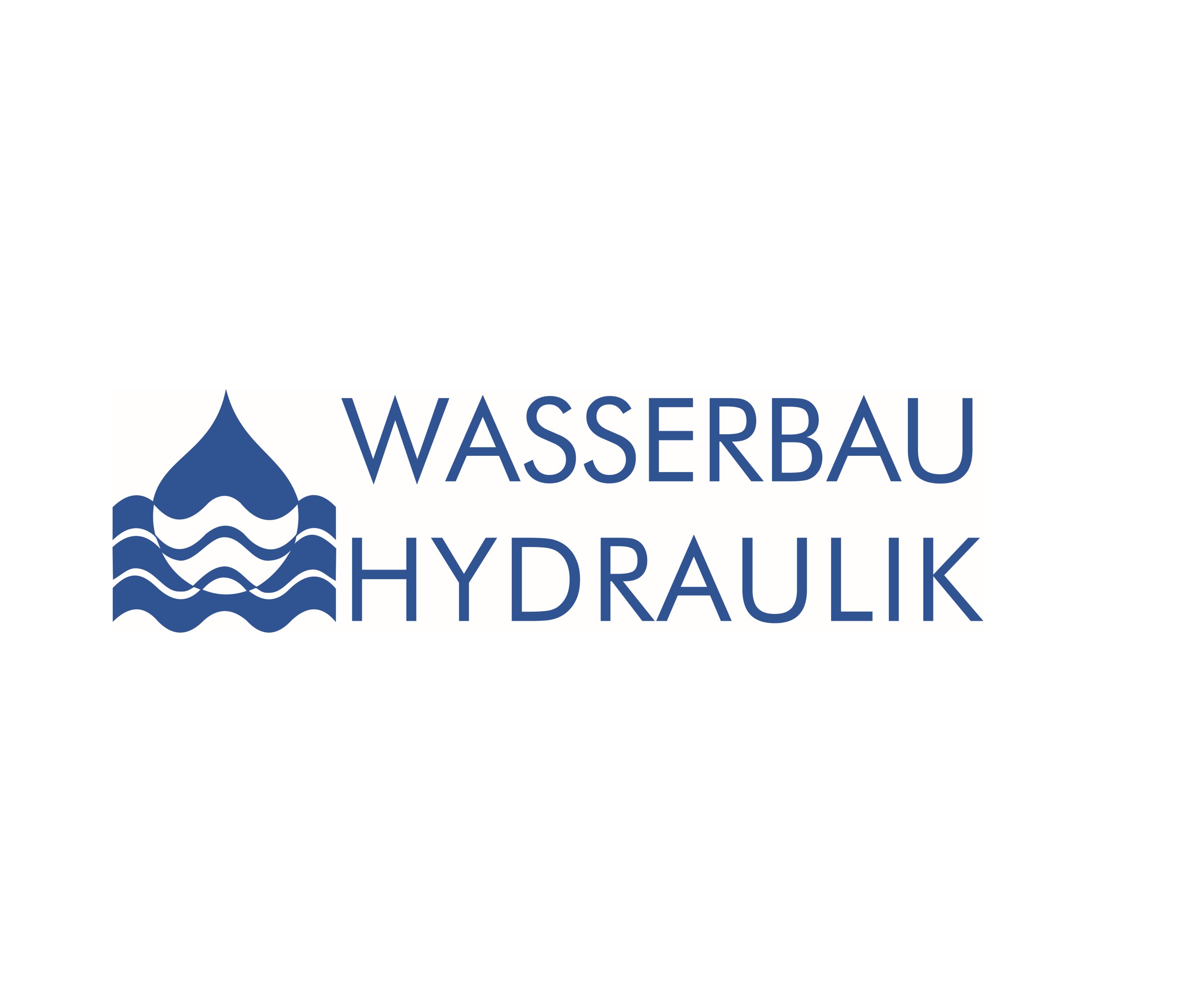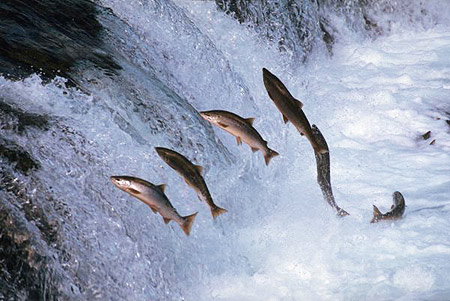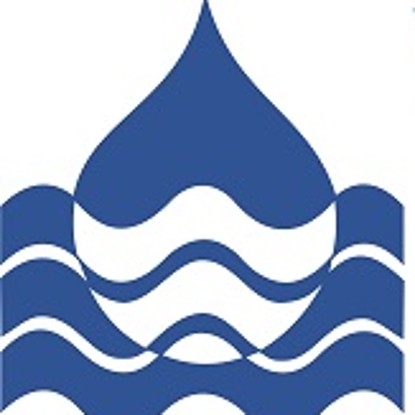The topic “Passability of hydraulic engineeringstructures for animals” is currently omnipresent: be it in the overcoming of weirs and hydropower plants, in diversion and residual water stretches or with regard to fish protection in water abstraction structures. The implementation of aquatic ecology requirements in hydraulic engineering planning requires close transdisciplinary cooperation with colleagues from natuarl science disciplines.
With regard to the urgently needed specifications for the planning and construction of functional fish ladders, fish protection as well as fish-passable structures, it is necessary on the one hand to determine the basic principles of fish ecology in order to ensure the functionality of the structures. On the other hand, the knowledge gained must be expressed in engineering terms in the form of rules, formulas and design values. These tasks can be handled with the help of ethohydraulics, which is a new field at the interface between ethology (Greek: comparative behavioral research) and hydraulics (Greek : study of the flow behavior of fluids).
Ethohydraulics is used to study the reactions of aquatic organisms to hydraulic stimuli under defined laboratory conditions, e.g. the reaction of fish to hydraulic structures and the hydraulic situations they create. In the hydraulic engineering research area of the department, large-scale flumes with high flow rates are available for this purpose. In addition, holding facilities and equipment for monitoring water quality parameters are available so that fish can be held in the research laboratory for extended periods of time as part of ethohydraulic studies. There are also contacts and cooperations with renowned companies and institutions with proven competence in fish ecology and extensive experience in ethohydraulic investigations.













